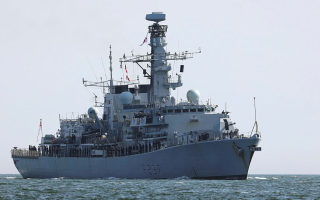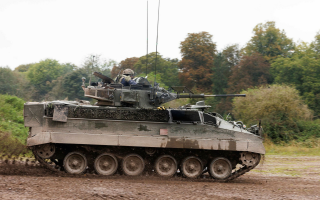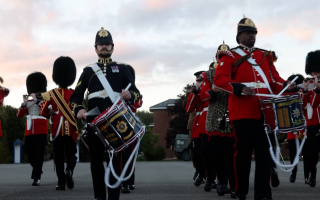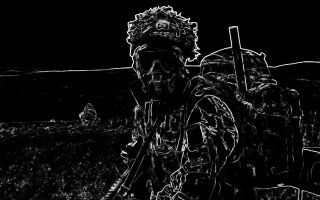Frontline Tech: Military Simulators - Expensive Video Games Or The Future Of Training?
By David Hambling, technology expert
Military simulators are big business.
BAE Systems F-35 simulator at Warton, used to train pilots for landings and taking off from aircraft carriers, cost roughly £2m.
That only simulates some aspects of operations though; Lockheed Martin’s ‘full mission simulator’ for the F-35 will set you back about £3m.
Even they look cheap beside the RAF’s new simulator training facility at Odiham, which provides training for Chinook helicopter crews and opened last month at a cost of £53m.
These may seem pricey, especially compared to the video game consoles that will enliven Christmas this year and which seem to offer a highly realistic experience.
But you have to look at what you get for your money.
Instead of a flat screen, simulators like the one at Warton displays imagery on a dome, giving a complete 360-degree immersive experience. It also gives the same sensations of movement as flying a real aircraft, thanks to an electronic motion platform can move in any direction.
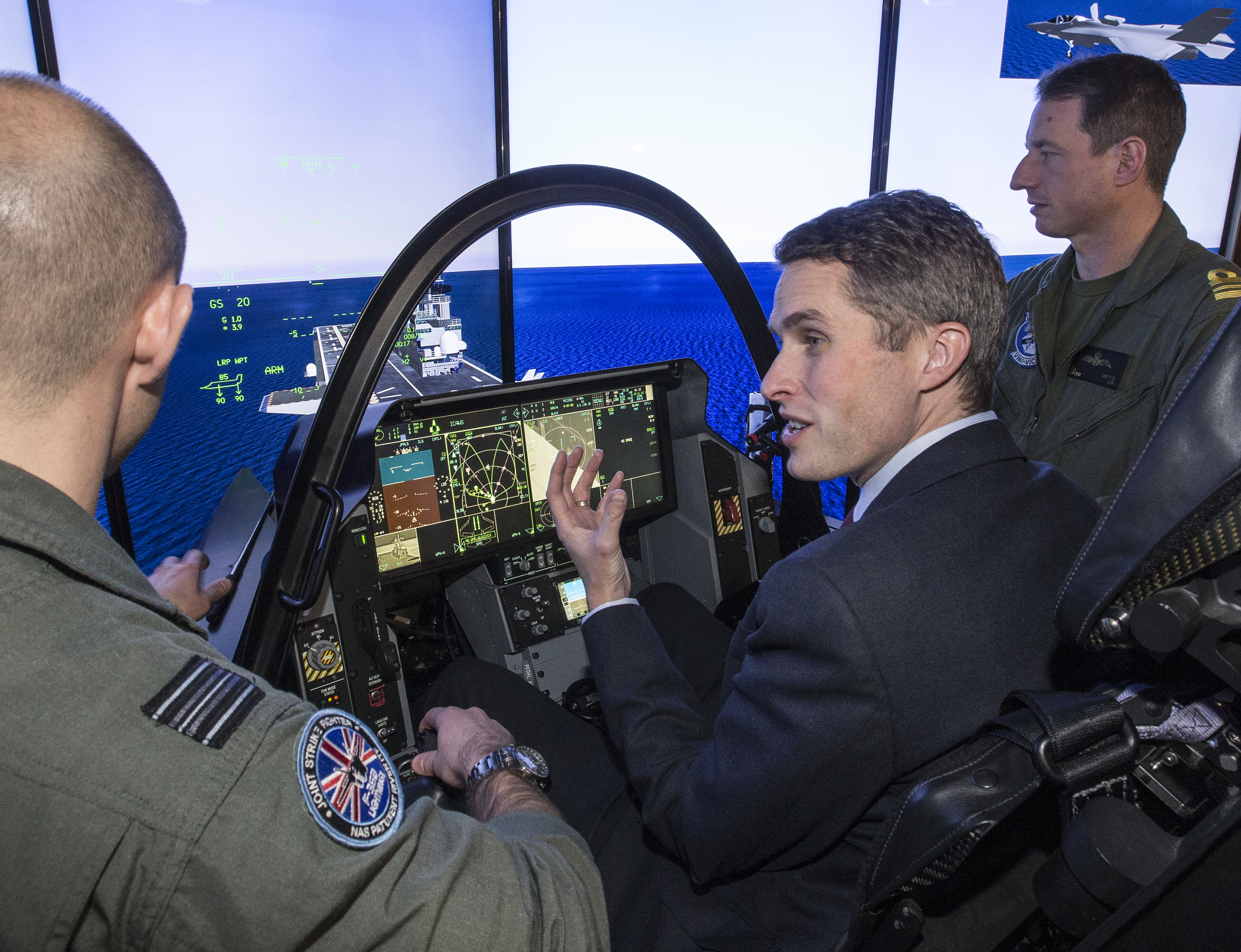
While the advantages of simulators for pilots are obvious - the simulator is a lot cheaper than a £100m aircraft and the flying £10,000 per hour flying cost of a Chinook is £10,000, the technology can also benefit footsoldiers.
The Dismounted Close Combat (DCC) simulator, developed by Roke Manor Systems for the MOD, resembles an elaborate video game with a giant screen.
However, it is rather more sophisticated than that, as the simulation draws on real-life data provided by the British Army, including much which is classified. The goal is accuracy rather than a fun game.
"For example, our system uses highly detailed modelling of ballistics to provide a far more realistic environment than encountered in video games," says consultant engineer Jon Farrington.
In other words, bullets do not always go where you expect.
The DCC runs on standard PC hardware, so the scenery is less impressive than on some consoles. It is '2.5 Dimension' rather than full 3D, so some objects lack depth. But visual appeal is less important than accuracy as a tactical simulation.
Scenarios on the DCC can last from a few minutes to two hours, with very little actual combat. It’s much more about learning how to assess and respond to potential threats.
Augmented reality technology allows Chinook crews to rehearse virtual missions and practise the handling of the aircraft in a range of emergency scenarios.
The US Army is aiming to raise the bar for simulations with their Synthetic Training Environment (STE). Described as "more than just a simulation", the STE is a complete virtual world in which teams of soldiers with goggles and special gloves carry out missions in megacities stretching for miles, filled with thousands of opponents and non-combatants.
A key feature of STE is that it will link flight simulators with simulators for vehicle crews and dismounted soldiers in an integrated environment – like a multiplayer online game. It is described as 'multi-echelon, multi-domain', including land and air forces at the front line and in supporting roles.
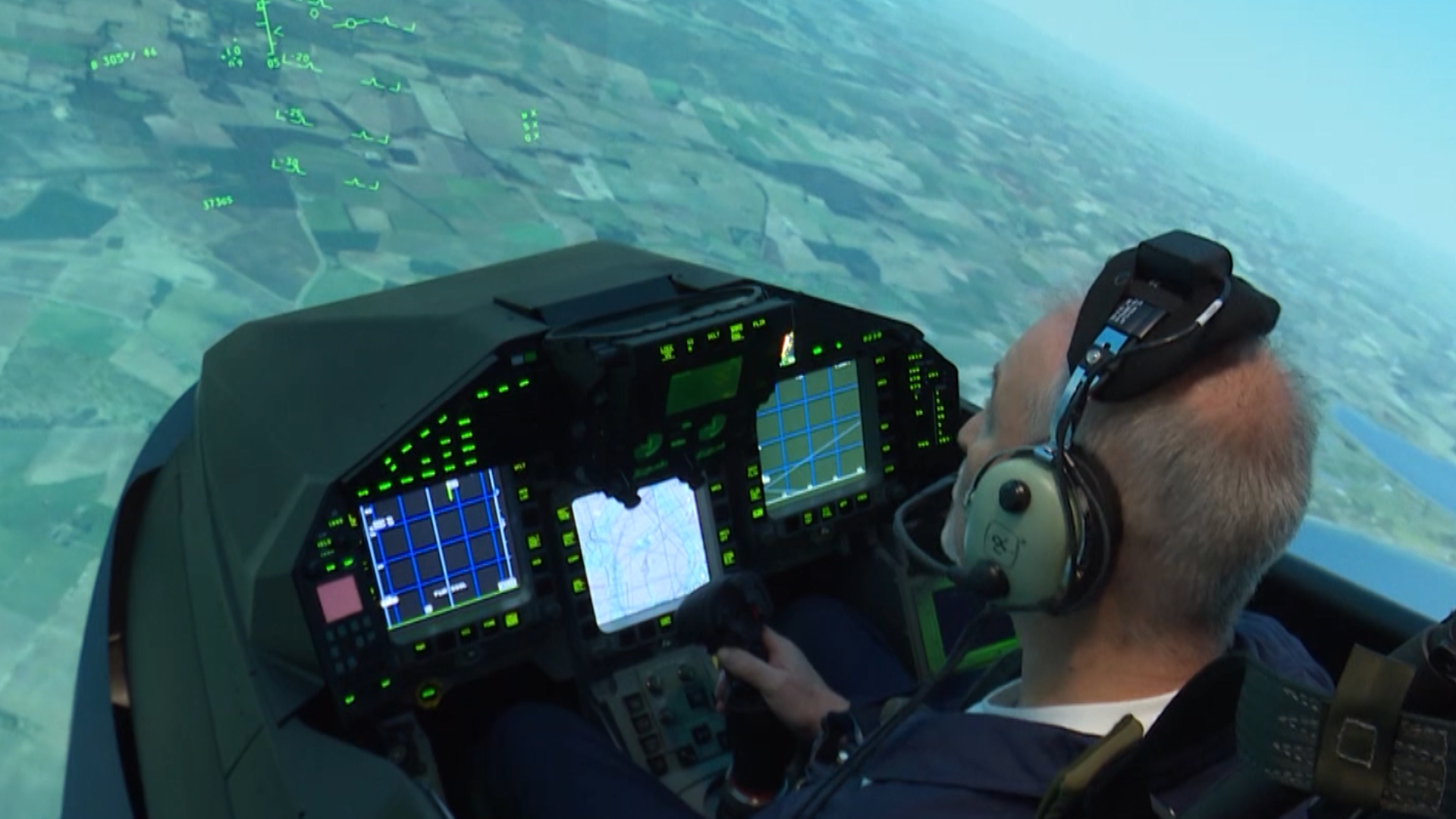
The STE will feature digital scans of actual terrain from likely hotspots, including Syria, Korea and others. The US Army currently has some forty-seven different terrain databases from various current training systems, and they will all be absorbed into the STE super-world.
Training in actual megacities is impractical.
Even if the skyscrapers, tower blocks and shopping malls could be recreated on a training range, it would not be possible to populate them with a realistic number of people.
Simulation brings in any number of virtual ‘actors’ to interact with even if there are only a handful of soldiers being trained.
The virtual environment has infinite flexibility. A squad can move from downtown Pyongyang in the morning to Baghdad in the afternoon. Exercises can be reset and repeated as often as necessary.
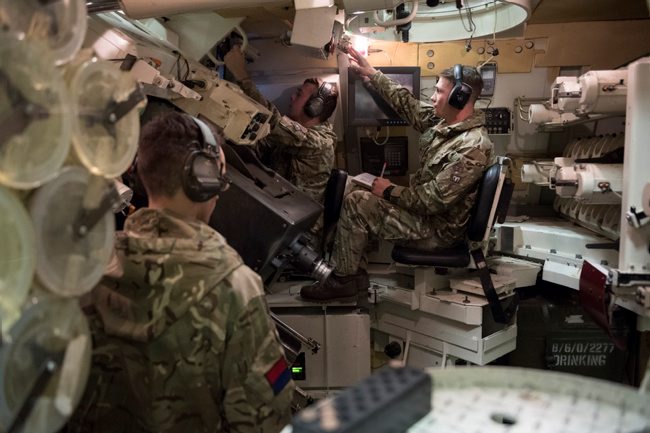
STE allows exercises to be carried out in augmented reality. Soldiers wear lightweight headsets which superimpose additional features – buildings, vehicles, people – on what is actually there.
Rather than being limited to a fixed facility, troops will be able to carry out training wherever they are, even in a theatre of operations. The trainers running the simulation can be located remotely at a central base, allowing them to carry out exercises with units anywhere.
STE is still some way in the future, expected to be operational around 2025. However, it is likely to remain for some time, as it is designed to be upgraded easily.
Simulation has advantages over real life.
It particular, it means that trainees can learn and make mistakes without harming themselves or expensive hardware. It makes it possible to test out scenarios more exhaustively than in real life: bad weather can be conjured up as needed, and trainees can survive emergencies which would be hazardous to act out for real.
An F-35 fighter made history performing the first SRVL on HMS Queen Elizabeth.
Simulation allows the envelope to be stretched. The technique of Shipborne Rolling Vertical Landing (SRVL), in which an F-35 uses the lift from its wings as well jet thrust to land on a carrier, was perfected in the Warton simulator. Pilots were then able to carry out the manoeuvre in a real F-35 with a full understanding of the complex aerodynamics involved.
Electronic simulations can provide a training environment which is impossible in real life. Some of them are expensive, but the benefits they provide are priceless.


